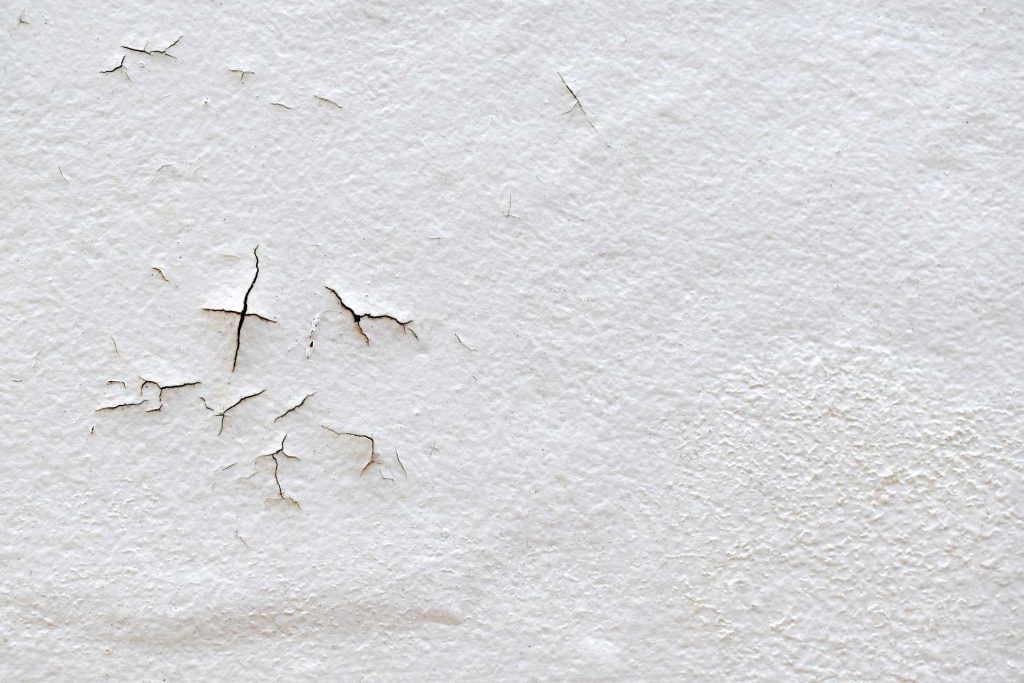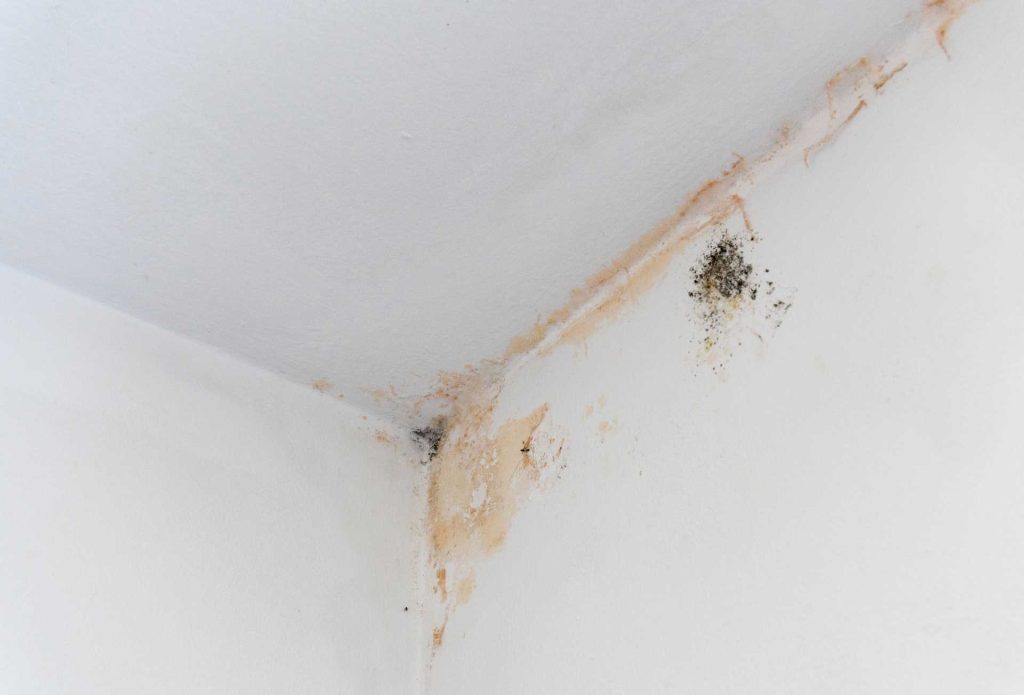One of the most common problems that homeowners face is wall dampness, with the hidden danger sometimes not revealing itself until it has already inflicted major damage. While there are ways to repair water damage done to walls, an ideal situation would be to prevent wall dampness all together and to stop condensation on walls.
At BetaBoard we are specialists in everything walls and ceilings. Whether you are seeking plaster supplies or seeking advice on how to prevent wall dampness, come see us at one of our five locations or contact us online.
What Causes Wall Dampness?
Rain is typically the leading factor of wall dampness as gaps in your roof can cause water to be collected within your walls. Blocked drainage pipes can also cause water to spread within your house while moisture can also rise in the air and cause damage to walls. Poor quality materials used in the construction of your home can also be a major factor when it comes to water damage present in your household.
The tell-tale signs of water damage a musty smell, marks on your wall, and condensation on your windows. Excessive dampness will result in an unpleasant environment as the smell risks becoming overpowering, while water can wear down your interiors over time and result in excessive bills.
So what are our tips on how to prevent wall dampness? There are several ways you can protect your home from the elements and save yourself money on future repairs, no matter if you are looking to build or already living in a house.

1. Prevent Steam from Building Inside Your Home
One of the easiest ways to build excess condensation inside your home is to collect steam indoors. If you often notice steam rising from the kitchen, cover your pots and pans while cooking to stop condensation on walls. It is also wise to cook with windows open so the steam can escape outside rather than building up within the walls of your home. Steam will also build when showering, so it is recommended to keep the bathroom door closed and window open when taking hot showers to prevent the steam from reaching the rest of your rooms. Using the fan inside your bathroom is also an effective way of clearing excess steam.
2. Install The Right Materials
When constructing or developing your house, one of the most important decisions you can make is choosing the right materials to protect your home. Installing fiber cement sheeting can go a long way towards shielding your property from water damage. Installing a fibre cement board can give you the peace of mind that your house will be protected even during heavy rainfall. BetaBoard is the leading supplier of fiber cement sheeting and can be counted on to get you the materials you need.
3. Keep Your Home Properly Ventilated
Keeping the windows in your property open on a regular basis is an effective way to keep moist air from building up inside. It is one of the simplest ways of how to prevent wall dampness and will not cost you anything to prepare. Having open windows also allows fresh air to mingle into your home while removing any musty smells that may have appeared courtesy of wall dampness.
4. Install Insulation
Insulation is designed to help control the temperature of your home and works to keep your house warmer in winter and cooler in summer. As insulation keeps the temperature of your house balanced it will also be a big help for you to stop condensation on walls. BetaBoard has a wide range of insulation supplies available to help keep your home damp-free and the full product range can be accessed online.
5. Use an Outdoor Clothesline
When searching for ways on how to prevent wall dampness one of the key pieces of information you will find is to avoid hanging wet clothes inside your home. Keeping soaked clothes around your house will cause moisture to build inside your property so aim to only hang them outside. If you are unable to use an outdoor clothesline, consider investing in a tumble dryer, as the machine will swiftly dry your clothes while trapping moisture and steam inside the device.
Choose BetaBoard Today!
Experiencing wall dampness or wanting to employ preventative measures when constructing your home? Visit BetaBoard at one of our five locations across Queensland and we will endeavor to supply you with the right materials to build your ideal project. Alternatively, you can message us online and we will promptly get back to you to discuss your plans as well as any other queries you may have.














